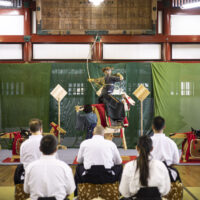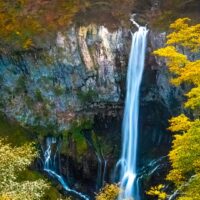Toshogu Shrine: A Marvel of Japanese History and Architecture
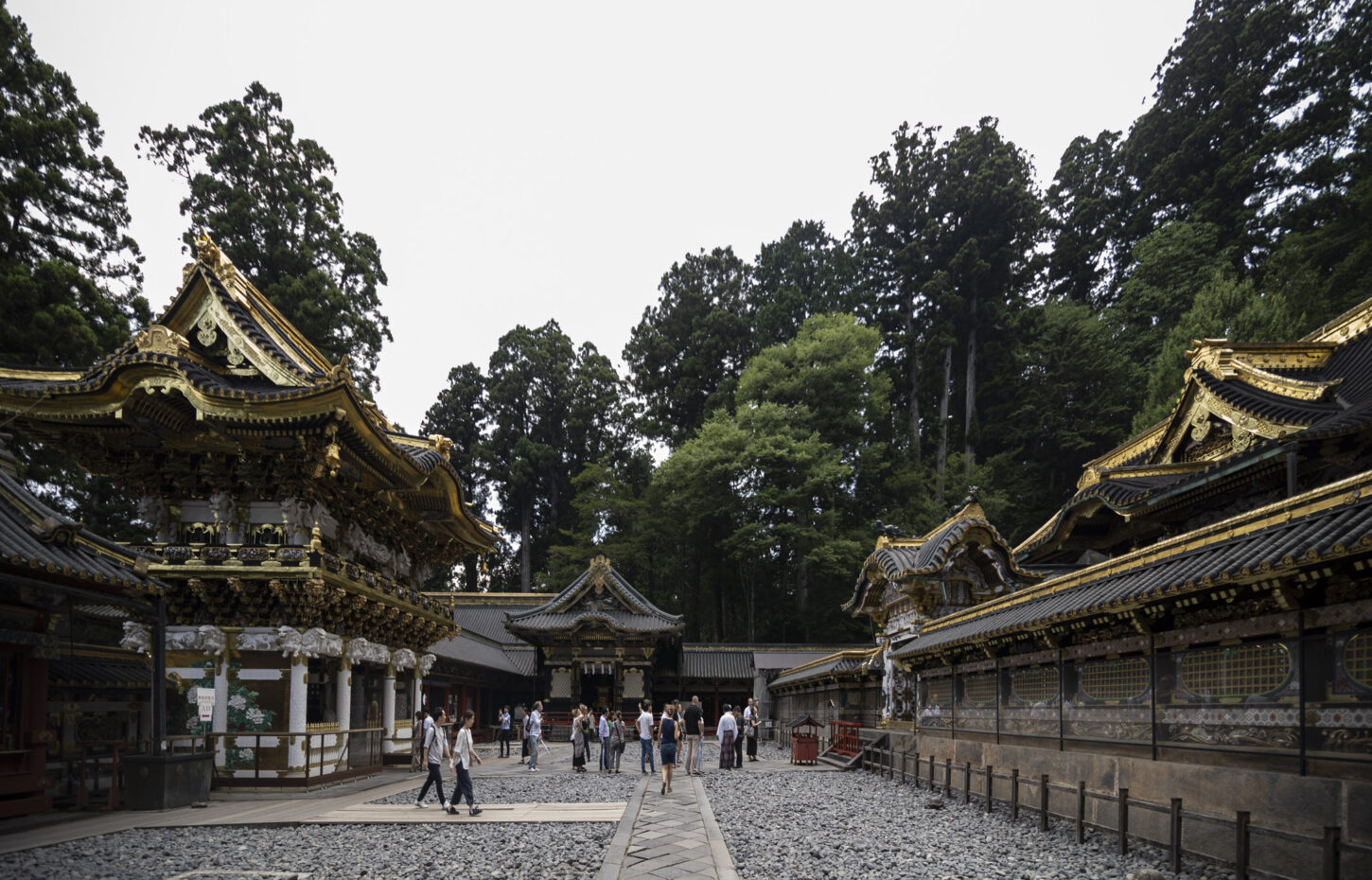
Toshogu Shrine is an incredible structure that shines out in stark contrast, yet
somehow blends in, to its natural environment. Renowned for its intricate
architecture, natural surroundings, and cultural significance, the Toshogu Shrine is
a treasure trove of Japanese heritage, legend, folklore, and history.
A Glimpse into History
The Toshogu Shrine was constructed in 1617 and later expanded by Tokugawa
Iemitsu, the third Tokugawa Shogun. Its primary purpose was to honor the memory
of Tokugawa Ieyasu, the founder of the Tokugawa Shogunate, who passed away in 1616.
Ieyasu played a pivotal role in unifying Japan during the late 16th century and
is considered one of the country’s most influential historical figures.
Architectural Marvel
One of the most captivating aspects of Toshogu Shrine is its breathtaking
architecture. The shrine’s buildings, gates, and sculptures are exquisite examples
of Japanese craftsmanship from the Edo period. The Yomeimon Gate, adorned with
intricate carvings and vibrant colors, is often regarded as one of Japan’s most
beautiful architectural structures. Each detail, from the dragons to the legendary
Three Wise Monkeys, carries symbolic and philosophical significance.
Natural Beauty
Toshogu Shrine is set against a backdrop of serene forests and mountains,
providing visitors with a harmonious blend of culture and nature. The towering
cedar trees, some of which are over 400 years old, add a sense of mystique to the
shrine’s surroundings. The seasonal changes in foliage make each visit a unique
experience.
Cultural Significance
Apart from its architectural grandeur, Toshogu Shrine holds profound cultural and
spiritual importance. It serves as a place of worship and a pilgrimage destination for
those seeking blessings and spiritual solace. Every year, thousands of pilgrims and
tourists visit the shrine to pay their respects to Tokugawa Ieyasu and explore its
sacred grounds.
Intriguing Legends and Symbols
Toshogu Shrine is rich in symbolism and legends. For example, the carving of the
“Sleeping Cat” is said to represent vigilance, while the three monkeys covering their
ears, eyes, and mouth symbolize the principle “see no evil, hear no evil, speak no
evil.” These symbols add layers of depth to the shrine’s cultural significance and
provide fascinating insights into Japanese beliefs and values.
Preservation and UNESCO World Heritage Status
In recognition of its historical and cultural importance, Toshogu Shrine was
designated as a UNESCO World Heritage Site in 1999. This status reflects the
ongoing efforts to preserve and protect this invaluable piece of Japanese heritage
for future generations.
The Toshogu Shrine is a captivating blend of history, art, and spirituality. Its awe-
inspiring architecture, natural beauty, and cultural significance make it a must-visit
destination for anyone exploring Japan. Whether you are a history enthusiast, an
architecture lover, or simply seeking a serene retreat into nature, Toshogu Shrine
offers an unforgettable experience that celebrates the essence of Japan’s rich
heritage. As you wander through its hallowed grounds, you’ll find yourself
transported to a world where past and present coexist harmoniously, leaving you
with a deeper appreciation for the beauty and complexity of Japanese culture.
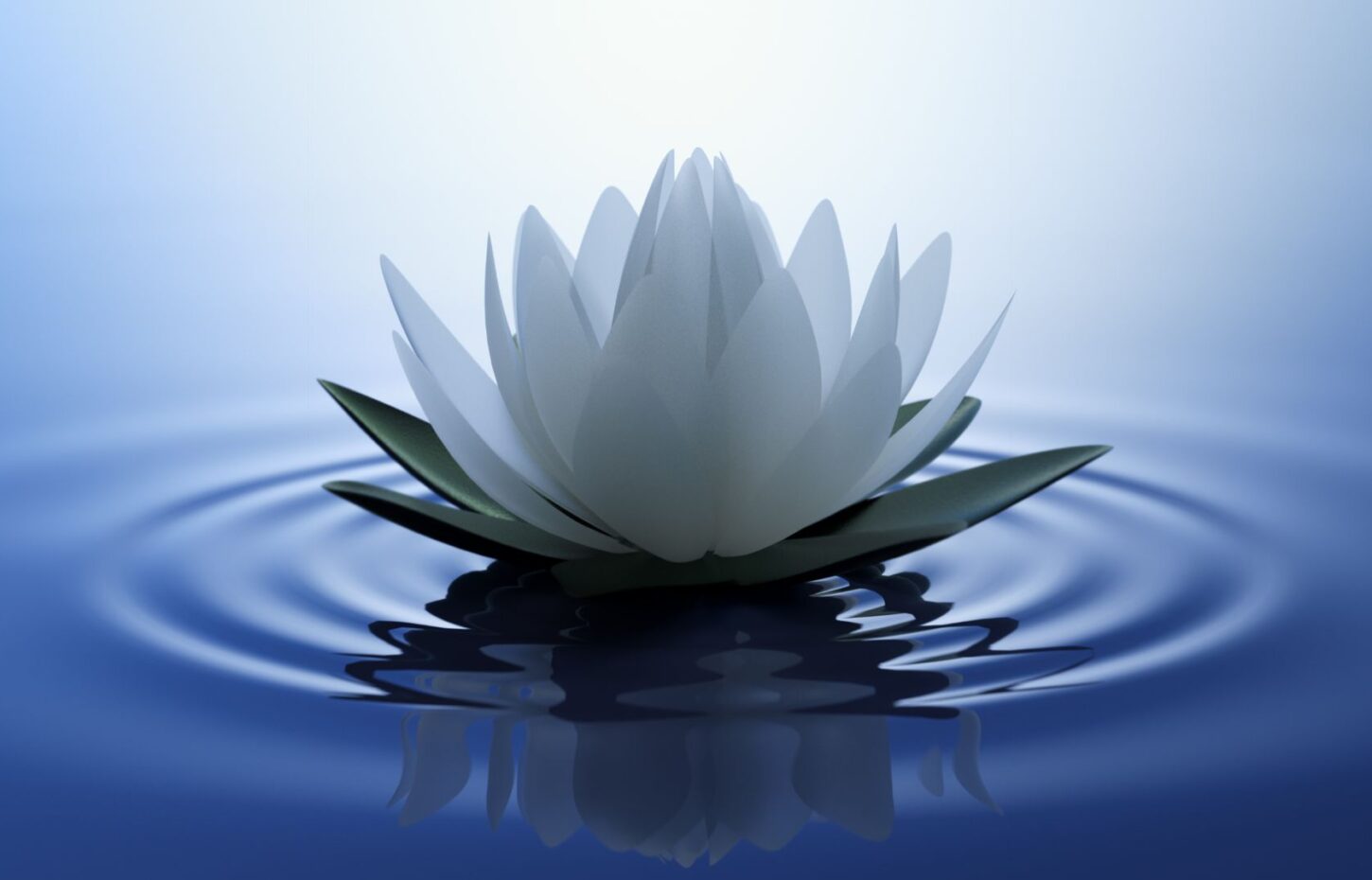


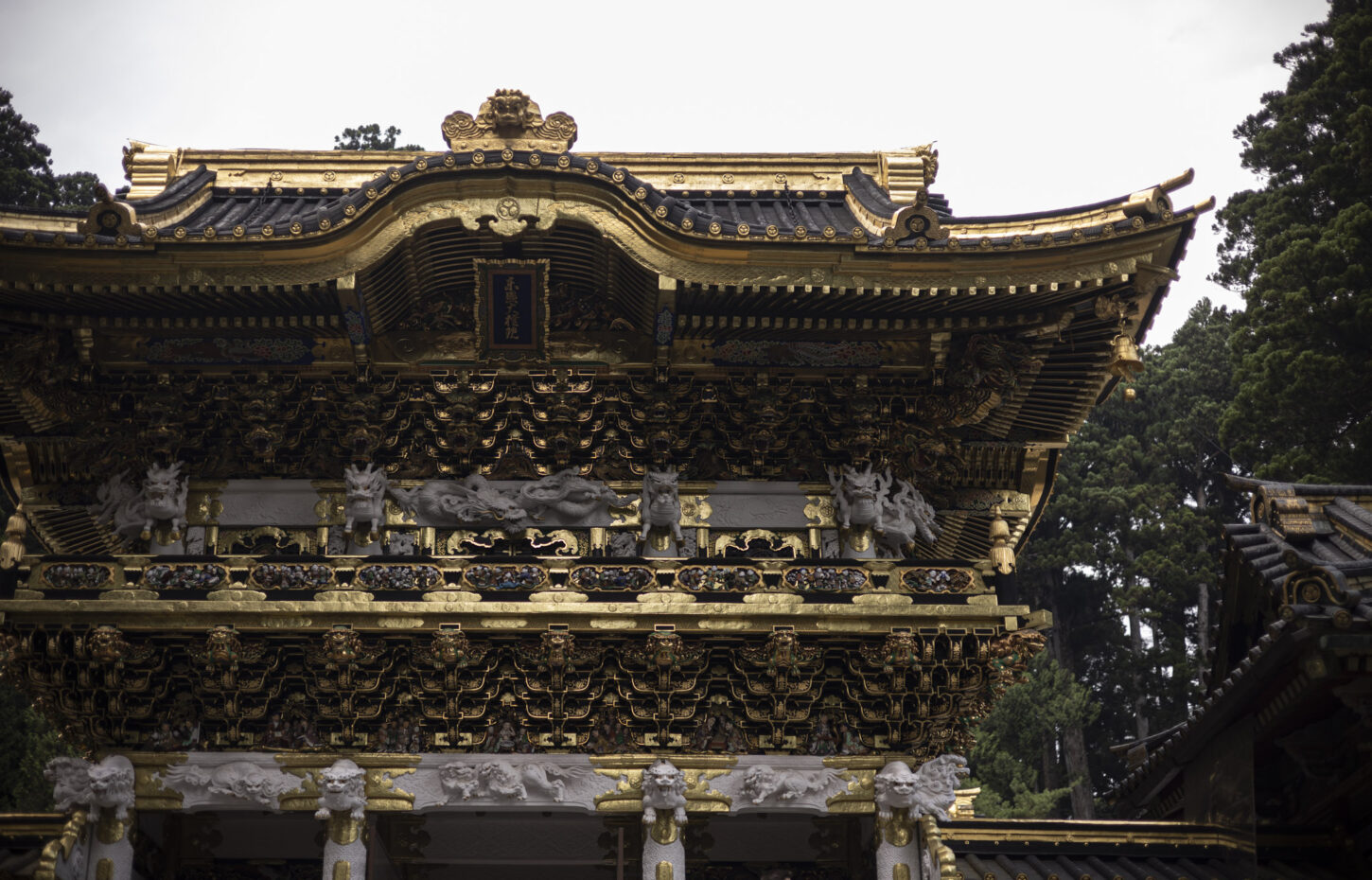
-1-1450x930.jpg)
